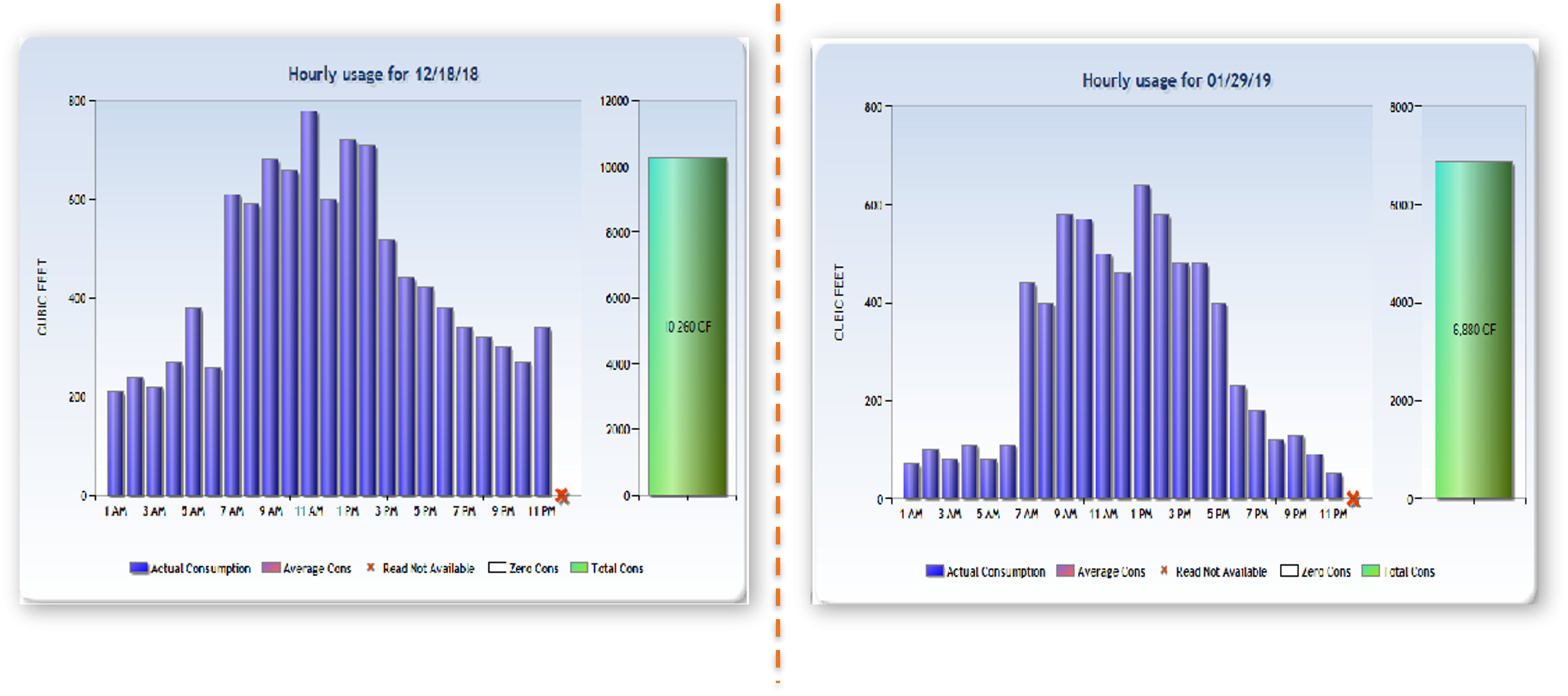Fume hoods and -80 freezers can consume as much as 3.5 and 1 homes' worth of energy, respectively.
The project aims to reduce water and steam usage during inactive periods between autoclave cycles. With 24 autoclaves, the Belfer Research Building has the highest water consumption on campus. Autoclaves are a piece of equipment that uses steam under pressure to kill microorganisms. District steam is guided through the steam jacket surrounding the pressure chamber. From here, it enters the sealed chamber, where the items to sterilize are placed, and starts displacing the air while increasing chamber temperature and pressure. The steam jacket allows it to reach the sterilization temperature faster. Once the sterilization cycle is completed, the pressure is released, and the jacket is flooded with chilled water to cool and condense the steam. An electronic sensor maintains 140 degrees Fahrenheit (60°C) of the discharged water to the drain.
This process consumes approximately 1.5 gallons of water per minute during inactive periods and 10 lbs of steam per hour, which corresponds to 18,250,000 gallons of water and 2,100,000 lbs of steam per year in the entire building.
Using the timers to automatically turn off the machines for 12 hours a day reduced the inactive periods and cut water usage in half. Underutilized autoclaves were identified and shut off. Consolidating autoclave use helped increase water and steam savings.
 BRB hourly water usage before (left) and after (right).
BRB hourly water usage before (left) and after (right).